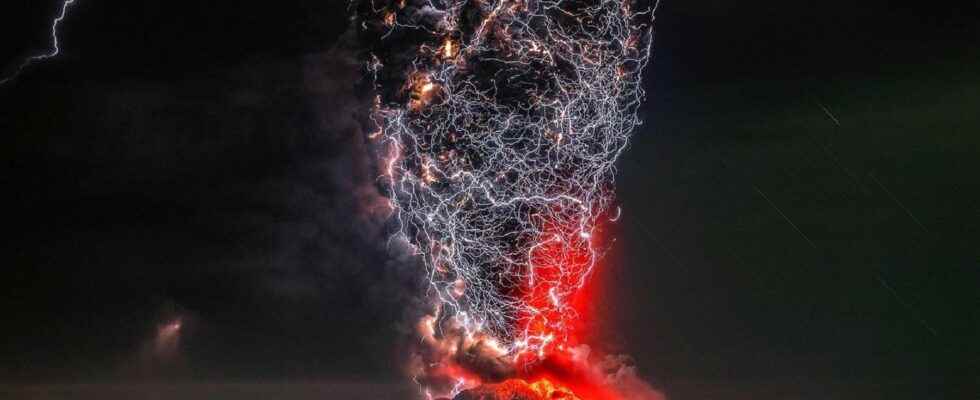You will also be interested
[EN VIDÉO] 8 things to know about volcanoes Objects of fascination and terror, volcanoes are among the most irreducibly indomitable forces of nature. From the mythological origin of their name to the eruptions that have marked history, here are 8 things to know about them.
Even more impressive than the lightning flashing under a thunderstormthe lightning volcanic makes the volcano eruptions even more amazing. The eruption of honga tonga volcano, in January 2022, was able to produce approximately 200,000 flashes in the space of an hour! All the volcanic eruptions do not generate lightning and knowledge on the formation of the phenomenon is still at the research stage.
Electricity is generated by the friction of different particles
As in the cases of electrical storms, volcanic lightning starts with static electricity present in the atmosphere, before being released in the form of lightning. Ice particles are a necessary component for the formation of lightning, during a classic thunderstorm or during a volcanic eruption. When’air burning from the eruption rises into the sky, it encounters colder air in the atmosphere, more so if the plume of smoke rises high into the air. The water in the smoke plume then freezes and forms ice particles that collide with each other. The ions of ice that have a positive charge continue to rise and clump together higher in the atmosphere.
A phenomenon of triboelectricity is then set up: it is about charges by friction, with elements of different natures. In addition to the colliding particles of ice, pieces of rock and ash are present in this tumultuous ascent to the sky. Breaking into countless small pieces, the rock particles become electrically charged. The radioactivity which is naturally present in ash particles can also influence the electrical charge that builds up, according to some studies.
The height of the ash plume comes into play
The height of the ash plume also has an impact on the formation of lightning: when the eruption generates a large ash plume, i.e. greater than 7 km, the water vapor concentration is higher. The fact that there is more water, and lower temperatures, since the plume rises higher, makes the quantity of ice necessarily greater: the greater the number of particles that collide, the more the particles are diversified, the greater the electrical activity.
Volcanic eruptions which produce smaller ash plumes can sometimes, but more rarely, also produce volcanic lightning: in this case, for lack of high altitude ash and therefore from extreme cold, it would be more the explosion of rocks that would generate electricity (fractoemission), and much less ice particles as in the largest eruptions.
The volcanoes that gave rise to the most impressive volcanic lightning shots are Taal in the Philippines in 2020, Calbuco in Chile in 2015, Etna (especially in 2015), but also Eyjafjoll in Iceland in 2010. Some scientists believe that these electrical discharges produce molecules complexes that may have contributed to the appearance of life on Earth.
The impressive flashes of the Taal volcano in the Philippines. © The Telegraph
Interested in what you just read?
